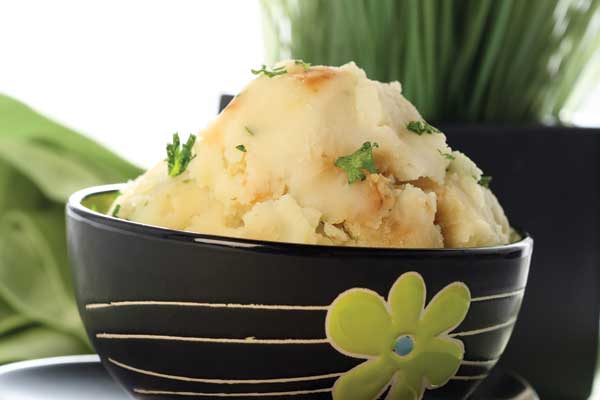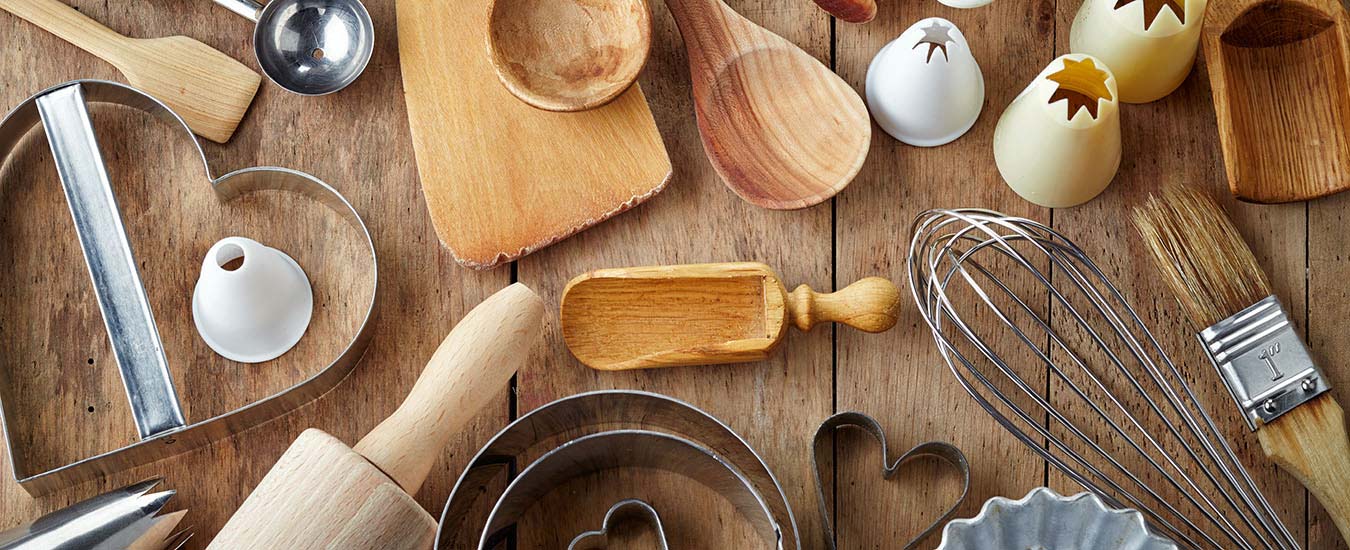The potato, so often referred to as lowly or humble, and shunned by self-described gourmets as plebian fare, has finally gained its place in the sun. Not only is it recognized as the world's fourth most important food crop (after maize, wheat and rice), but the United Nations General Assembly has given it world status by declaring 2008 the International Year of the Potato.

Throughout history, this vegetable has saved humankind from hunger. When grain crops failed in northern Europe in the 1770s, people who had looked suspiciously at the little-known potato began giving it a second thought as a means of survival. In 18th century France, a pharmacist named Antoine Parmentier helped to discredit the potato's poisonous reputation when he virtually forced starving Parisians to eat potato soup from a chain of soup kitchens he had set up to feed them.
Long before this, the potato had already established its roots in Ireland. It became such an important food there that when a blight hit the potato crop in the 1840s, a serious famine resulted. Only two choices were open to the Irish: emigrate or starve.
It was the Irish immigrants who firmly planted the potato in the United States. From there, its popularity spread to Canada and lasted until the fitness craze pointed an accusing finger at carbohydrates.
Now the pendulum is swinging back. Not all carbohydrates are bad! While the simple carbs (cakes, candy and the like) are still to be avoided by the weight-watching public, the dark cloak has been lifted from complex carbohydrates, such as grains, breads, vegetables, and fruits. Along with them, the potato has been elevated to a nutritional place of honour - a source of potassium, which enables blood vessels to better withstand high blood pressure, and without which we become fatigued and confused. The potato is also a source of vitamin C, especially when newly dug.
And so it is that as the world celebrates the Year of the Potato, we will be adding this valuable tuber to more of our menus. Is there a better way to start than with a variation on everybody's favourite mashed potatoes?
Quick Tip: The potato is the part of the plant's stem that provides food for the leafy part of the plant. When the plant flowers, it bears an inedible fruit that looks like a tomato.
Quick Tip: There's an abundance of fiber in the skin of a potato, so keep it on whenever you can.
